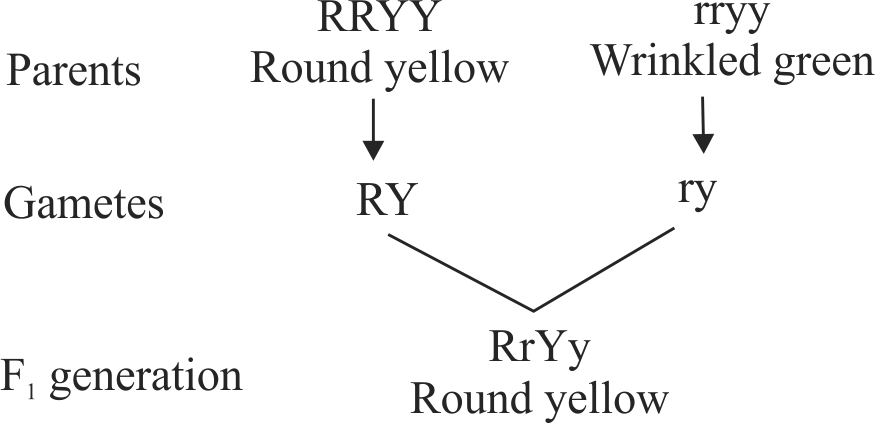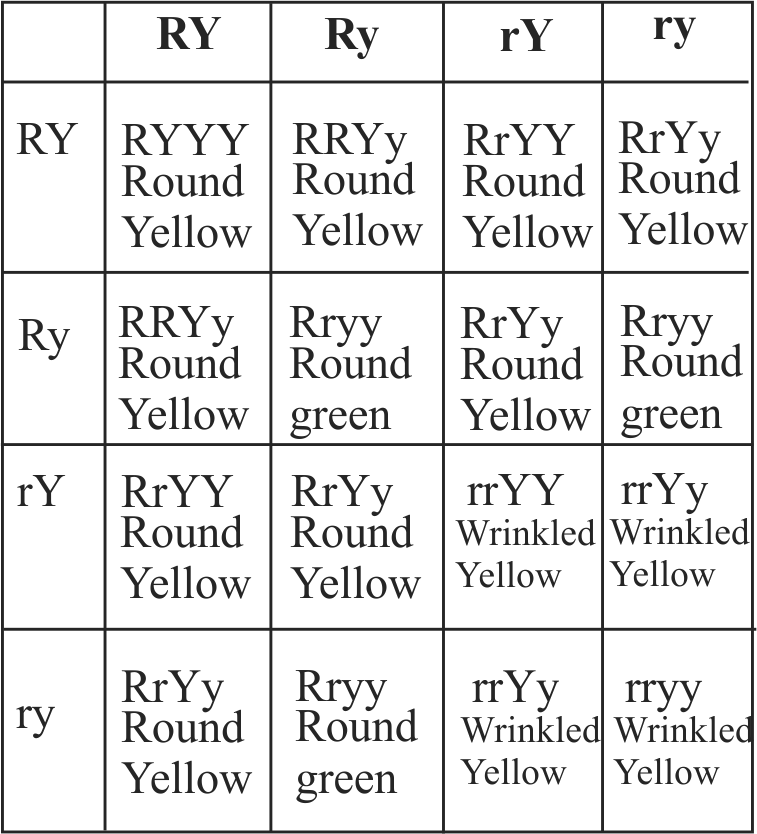342281 In a typical Mendelian cross which is a dihybrid cross, one parent is homozygous for both dominant traits and another parent is homozygous for both recessive traits. In the generation, both parental combinations and recombination appear. The phenotypic ratio of parental combinations to recombination is:
342281 In a typical Mendelian cross which is a dihybrid cross, one parent is homozygous for both dominant traits and another parent is homozygous for both recessive traits. In the generation, both parental combinations and recombination appear. The phenotypic ratio of parental combinations to recombination is:
342281 In a typical Mendelian cross which is a dihybrid cross, one parent is homozygous for both dominant traits and another parent is homozygous for both recessive traits. In the generation, both parental combinations and recombination appear. The phenotypic ratio of parental combinations to recombination is:
342281 In a typical Mendelian cross which is a dihybrid cross, one parent is homozygous for both dominant traits and another parent is homozygous for both recessive traits. In the generation, both parental combinations and recombination appear. The phenotypic ratio of parental combinations to recombination is:
342281 In a typical Mendelian cross which is a dihybrid cross, one parent is homozygous for both dominant traits and another parent is homozygous for both recessive traits. In the generation, both parental combinations and recombination appear. The phenotypic ratio of parental combinations to recombination is:


